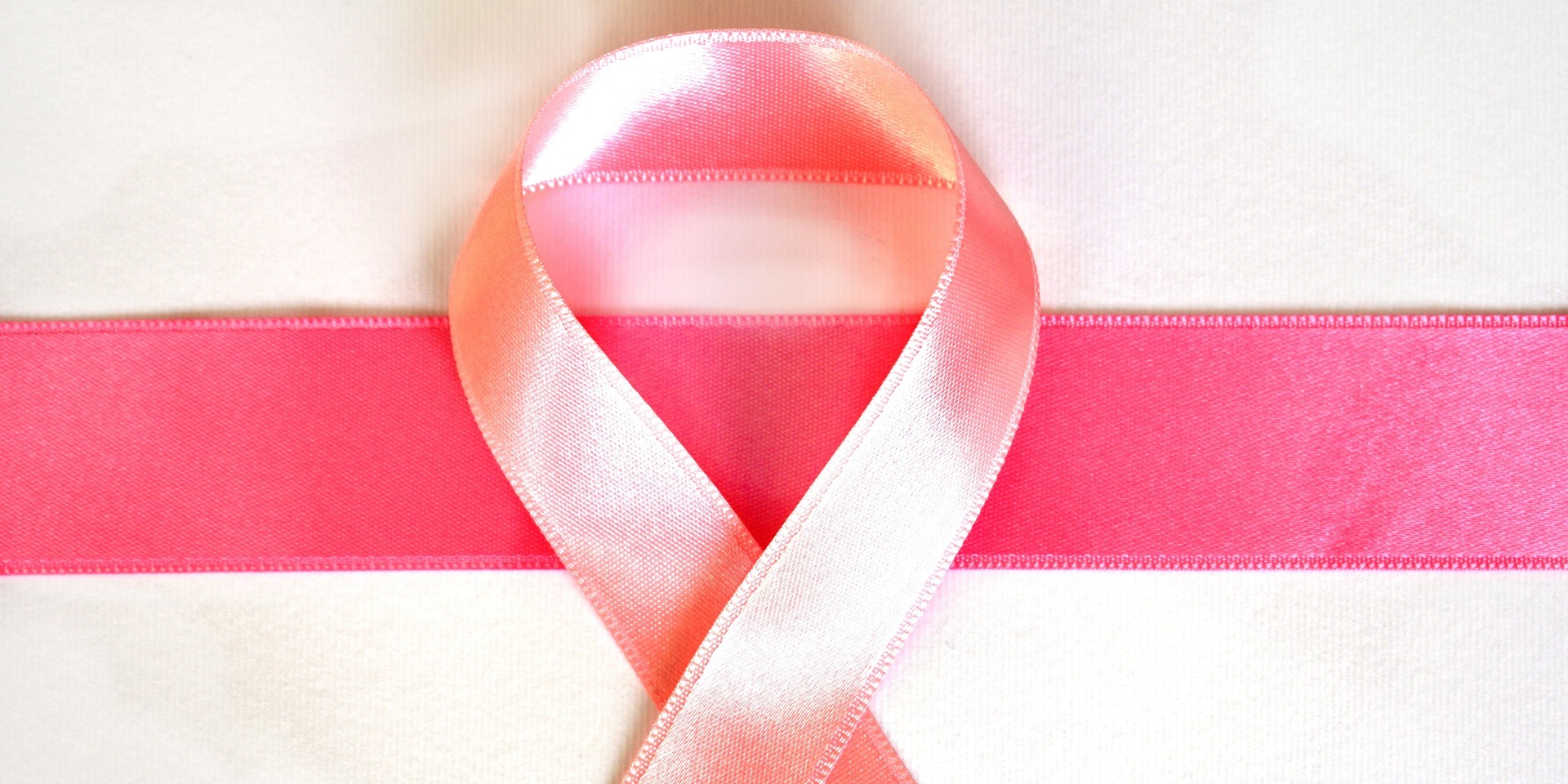Complications of implants Part 2
Posted on 7th November 2022 at 09:43
Recovering from breast cancer is an emotional and physical journey, especially if you’ve had a full or partial mastectomy. Once you’ve physically healed from breast cancer and after having a mastectomy, you may wish to consider having breast reconstruction in the form of silicone implants to feel more like yourself again. Reconstructive breast surgery is a major operation to go through and there are risks involved which should be carefully considered. This article lists the complications of implants and how to make an informed decision on having them put in after a mastectomy.

Immediate or delayed breast reconstruction?
Breast reconstruction can start at the time of your mastectomy (known as immediate reconstruction), or it can be done a while later (delayed reconstruction).
What will the implants look like?
Unfortunately, reconstructive breast surgery can’t re-create the exact look and feel of your natural breasts. However, the contour of your implants will give a silhouette that’s similar to natural breasts. There will be some scarring and you may opt to have further treatments later down the line to create a nipple area again through the use of tattooing. Although, in some cases, your natural nipples can be saved prior to the mastectomy.
Nipple tattooing provides a nipple and areola replica on the new breast and it can help patients feel more confident about their implants. The results can be very life-like to the naked eye, although no nipple sensation will return.
Types of implants post-mastectomy
Breast implants have a silicone outer with a silicone gel or saline filling. They come in a range of sizes and can be round or teardrop-shaped to suit your preferences. Tear-dropped offers a more natural look and round is more of a prominent look. When using implants for reconstructive breast surgery, you typically go through a one or two-stage process.
One-stage process of breast implants
This involves having either a fixed-size implant or an expandable implant. Expandable implants are used when the chest skin needs to be stretched. This is a common requirement after having a mastectomy. An expandable implant has an outer chamber of silicone gel and a hollow inner chamber. The inner chamber is filled with saline through a valve. Every 1-2 weeks, saline must be injected into the implant. It can cause some aching or tightness in the breast area for a day or two and the process continues over several weeks. Once the skin has stretched enough, you need another operation to remove the valve.
Two-stage process of breast implants
This involves having a temporary tissue expander surgically placed under the chest muscle to stretch it. The temporary tissue expander has a hollow inner chamber that can be filled with saline. But it does not have the silicone gel outer chamber like the permanent expandable implant. Saline injections are needed to help stretch the skin and once this is complete, the temporary implant will stay in place for a few months before needing to be removed. During the removal, it will be replaced with a permanent silicone implant under your chest muscle to form your final breast shape.
Risks and complications of implants
Having surgery isn’t a walk in the park and you’ll need time to heal and take it easy. We’ve provided a non-exhaustive list of risks and complications of having breast implants below.
When stretching skin for an expandable implant, you’ll need several hospital visits
The operation will leave a scar, and genetics can play a part in how visible it will be
Implants do not feel as soft or as warm as real breasts, they also do not have a natural droop
Natural breasts change over time as with the rest of your body, but implants do not. This can mean that in the future you may want further surgery to adjust your breasts
Sometimes, implants can crease and this causes a rippling effect that’s visible through the skin
You won’t get much feeling back from having reconstructive breast surgery, it could feel completely numb
Sometimes, implants can leak and this requires corrective surgery
Blood clots
Tissue death (necrosis)
Fluid build-up around the implant
Excessive fatigue
Up to 1 in 10 women (10%) need to have an implant removed within the first 3 months after surgery due to wounds not healing properly and causing infection. Smokers or those who are having radiotherapy further increase the risk. Up to 1 in 5 who have radiotherapy after a mastectomy need their implants removed.
The most common problem with breast implants is capsular contracture. This is when a scar (or capsule) forms around the implant. It gets tighter and starts to squeeze the implant making the breast appear distorted and hard to the touch. Sometimes surgery can remove the scar tissue. Alternatively, the implants have to be removed altogether and replaced
Anaplastic Large Cell Lymphoma associated with breast implants
Breast implant associated illness
Recovery time post-surgery
Depending on what type of surgery you have, you’ll most likely be discharged from the hospital within a few days and have one or more drains in place. The drain is a small tube that’s put into the wound to remove extra fluid while it heals. Usually, the fluid drains into a little ball that you’ll learn how to empty before you leave the hospital. The recovery period for getting back to doing normal activities is about 6-8 weeks. Bruising and swelling should ease by 8 weeks but it will take up to 1-2 years for your skin tissue to heal fully and the scars to fade (scarring won’t disappear completely). There’s also an emotional adjustment because it takes time to get used to the loss of breasts and to think of reconstructed breasts as your own.
Why choose Naren Basu for breast surgery?
Naren Basu has a doctorate in Breast Cancer Genetics with various published medical literature on breast cancer genes and the Angelina Jolie effect and the BRCA genes. Naren is the previous Lead Consultant Oncoplastic Breast Surgeon at the QE Hospital, Good Hope Hospital and Solihull Hospital in Birmingham. He has helped to deliver approximately 550 cancer operations. His professional links to other members of multidisciplinary teams – geneticists and psychologists means that he offers an end-to-end service.
Naren has a Family History Clinic based in the midlands that offers checks to confirm whether you have breast cancer-causing genes. Six different evidence-based models are used to carry out the risk assessment. A risk-reducing mastectomy can be arranged should you receive bad news.
Get in touch today to ask any questions which you may have.
Share this post:





